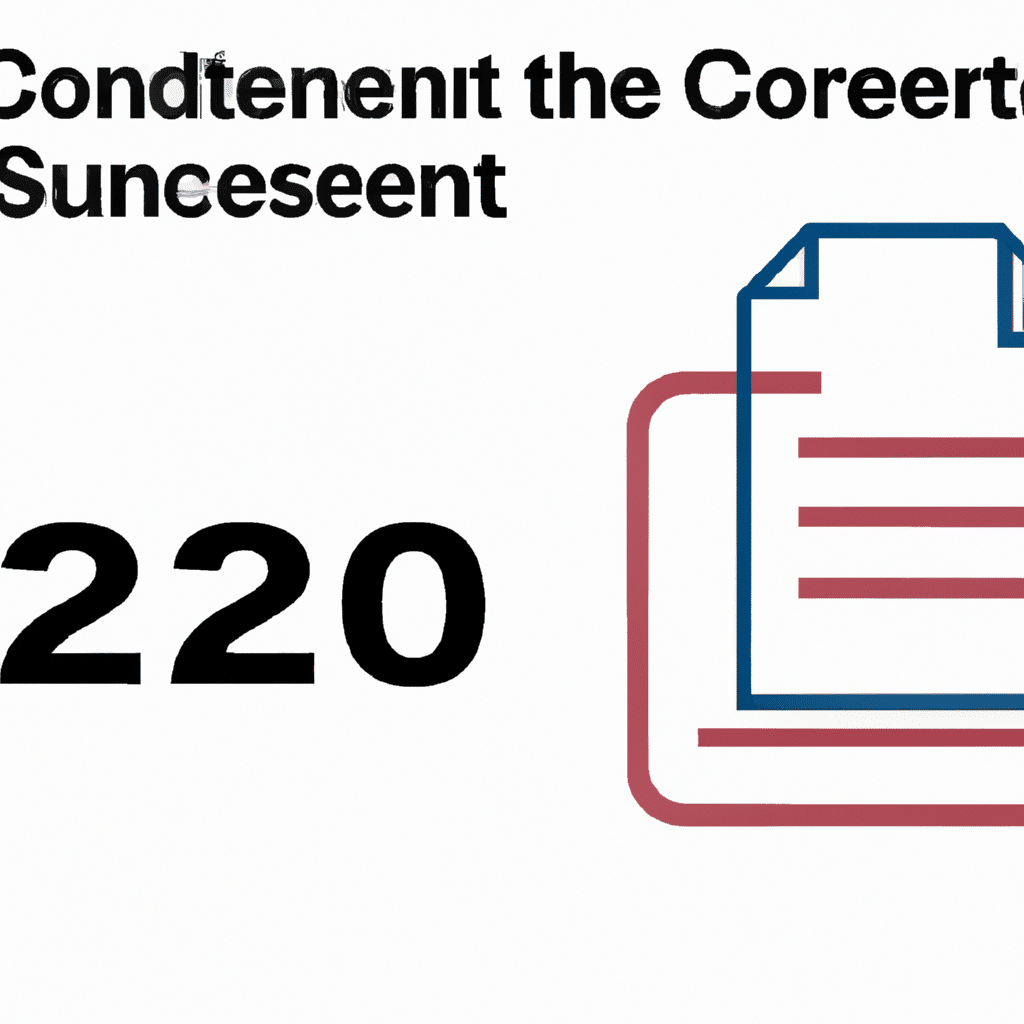Who’s To Blame: ISPs or Content Providers?
Section 230 to the Rescue! Or Not…
Well, aren’t we in a bit of a virtual pickle? The web, in its youthful exuberance of the mid-90s, didn’t foresee it would grow up to be that awkward teenager spewing objectionable stuff all around. Fear not, lawmakers Chris Cox and Ron Wyden came in, well-meaning fairy godparents, waving their wand (or legal act) to protect the internet service providers (ISPs) with 26 magical words. This enchantment, embedded in Section 230 of the Communications Decency Act of 1996, meant ISPs wouldn’t be accountable for the chaos caused by content published on their platform.
Key Points:
- Back in the ’90s, ISPs were threatened by liability for hosting illegal or defamatory material. Anticipating this would hamper the growth of the increasingly valuable internet, Cox and Wyden engineered a solution.
- And thus, Section 230 was born: “No provider or user of an interactive computer service shall be treated as the publisher or speaker of any information provided by another information content provider.” Basically, your mother isn’t responsible for whatever nonsense you say at the dinner table.
- This, however, led to a boom in user-generated content on the internet, providing a breeding ground for all kinds of contentious material. Still, the hosting sites could wash their hands off the mess.
- In response to growing public outrage at some of this content, platforms began playing the referee, introducing the concept of ‘moderation.’
Final Thoughts
In a nutshell, Section 230 was the Pandora’s Box that led to a flood of internet content, some as adorable as cat videos, others, well, less so. While the Act has allowed internet darlings like Facebook and Twitter to flourish without fearing lawsuits at every corner, it also introduced a fresh set of problems. And in the midst of all this drama, “moderation” has increasingly become that poor guy – invited last minute to an out of control party, trying to clean up while everyone else is either busy making more mess or, rather conveniently, looking the other way. Such is the endless party of the wild, wild web!
As part of this experiment I would like to give credit where credit is due. If you enjoy these, please take a moment to read the original article:
https://www.theguardian.com/commentisfree/2024/apr/27/silicon-valleys-business-model-is-incompatible-with-the-moderation-of-online-horror-and-hatred
Blog Title
AI: gpt-3.5-turbo-0125: chatcmpl-9IdsNgYciinFdDNZ6MP91ntvwsfx2
Instruction: “You are an AI blog title generator. Create a catchy and concise title for the blog post that is catchy and optimized for search engines. Remove all html in the response and do not use quotes. Please do not use words that are unsafe to process in Dall-E image AI.”
Prompt: Content Summary of text from above.
Response: The Role of Section 230 in Internet Content Governance
Image Description
AIgpt-4-0613:chatcmpl-9IdsSVCKObedF3Ny0Gxwc7OmnIIuG
Instruction: “You are a helpful assistant that creates unique images based on article titles. Create a brief visual description of what an image would look like for this title. Please pick a style of art from the following: Futurism, Impressionism, Romanticism, or Realism, be sure to consider the image should reflect an AI Robot Pirate theme during the Golden Age of Pirates.”
Prompt: The image would reflect a Realism style of art. There, a magnifying glass rests above an old-fashioned parchment with the text “Section 230” clearly visible. The parchment is surrounded by scattered symbols of Internet Content – emails, social media icons, blog entries. Next to the parchment, there’s a gavel signifying governance./filter. An ethereal, soft glow emanates from the digital symbols, contrasting with the old-world feel of the parchment and gavel. The overall color scheme includes muted but warm tones.
Response: The Role of Section 230 in Internet Content Governance



